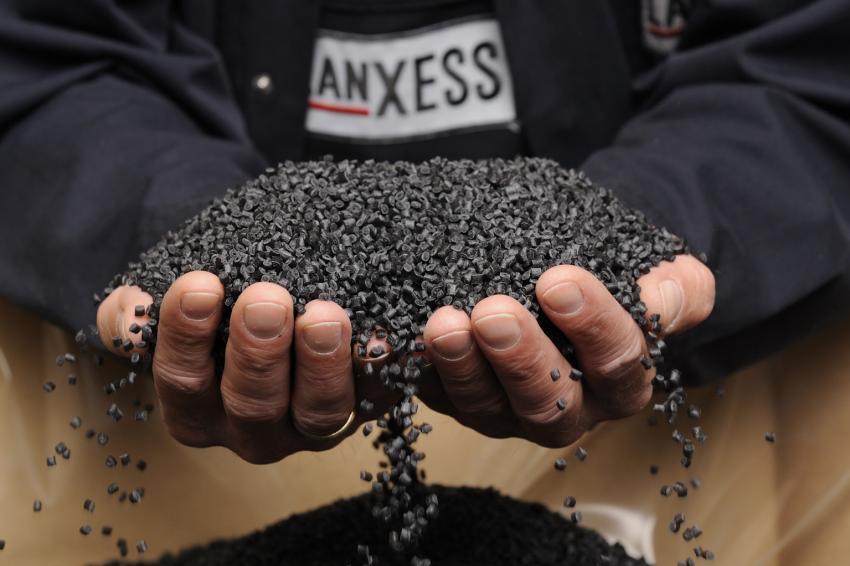Lanxess to Carve Out Engineering Plastics Business
The business, which has been part of Lanxess since the company was carved out of Bayer in 2007, with its shares distributed to existing Bayer stockholders, produces and compounds for the most part polyamide (PA) and polybutylene terephthalate (PBT). Its biggest customer is the automotive sector.
Lanxess said it believes the high-performance plastics businesses, which are largely back-integrated, will have the best growth opportunities in a new structure. However, it provided no insight into whether a sale or joint venture would be the preferred option or whether it potentially has a prospective buyer or partner on the hook.
“The global market for new forms of mobility is developing very dynamically and is strategically rearranging itself, creating many innovative alliances and partnerships,” said Hubert Fink, who has managing board responsibility for the business unit that employs some 1,900 people at 14 sites worldwide.
Production is concentrated at Antwerp, Belgium, and Krefeld-Uerdingen and Hamm-Uentrop, Germany, with compounding at many locations. The division’s annual sales are in the low single-digit billion euro range, with 2021 third quarter numbers showing a rise of 53% year-on-year to €436 million.
The Lanxess plans, coming on top of the divestment plans of other players raise many curiosity as to what Fink’s “innovative alliances and partnerships” might look like. Some of the paths to merger and acquisitions could be foiled by anti-trust constraints, especially in Europe.
In recent years, the modus operandi for companies wanting to unload assets has often been a spin-off into a minority joint venture, with the new majority partner eventually taking over the business. This is the route the German group took with its synthetic rubber business, first forming a 50:50 JV with Saudi Aramco, subsequently called Arlanxeo. The Saudi group acquired Lanxess’ share at the end of 2018.
Who could or would be able to acquire the Lanxess assets? Alliances in the PA sector in particular could be especially tricky. Beyond synergies, with increasing consolidation in the market, it could come down not to what percentage of which grades anti-trust authorities might allow which company to own. Solvay‘s 2017-announced plans to sell its global PA portfolio to BASF occupied the market’s attention up to the end of 2019, when BASF finally completed the transfer of its European PA business to eastern Germany-based Domo Chemicals.
Domo has been mentioned as a potential buyer of Lanxess’ prospective hand-me-down, at least one of several polyamide businesses that will soon be up for grabs. Whoever wants to expand in PA will be spoiled for choice. The Cologne company’s portfolio will be independent from January, and DSM’s highly specialized activities will be also looking for a new home. In the second quarter, DuPont, the inventor of the material it branded as nylon, plans to exit this business as well as the market for other engineering polymers including PBT and POM.
Who else might step up? Probably no industrial buyer in Europe. As producers of high-end specialties PA 11 and PA 12, France’s Arkema, as well as Ascend in the US, would unlikely be interested. Covestro, like Lanxess once part of Bayer’s engineering plastics business, would have no anti-trust issues but would surely not entertain buying the lower-end assets allocated to the other spinoff.
Aramco, which has indicated its interest in further developing the portfolio of compatriot SABIC, in which it now owns a 70% stake, could take a look, some say. Korean companies may also be keen, and if no further strategic buyer shows up, private equity may have some ideas.
Another question is, what will Lanxess do with proceeds if it sells? The course charted by CEO Matthias Zachert is clearly away from the commodity chemicals Bayer saddled it with and into higher value-added products. Most of the acquisitions have been bolt-ons, but this year has seen more substantial strides.
Author: Dede Williams, Freelance Journalist





